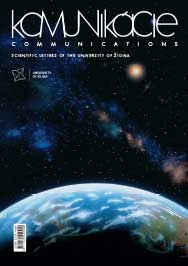Geothermal Energy and Power Generation in Germany
Geothermal Energy and Power Generation in Germany
Author(s): Gerhard Braunmiller, Peter Horbaj, Natalia JasminskaSubject(s): Energy and Environmental Studies, Environmental and Energy policy
Published by: Žilinská univerzita v Žilině
Keywords: Geothermal Energy; power generation; Germany;
Summary/Abstract: The EU is the world’s largest energy importer, relying on imports for 50 % of its energy needs. With an energy demand forecast likely to grow by 1–2 % a year, that figure will over the coming 20–30 years rise to 70 %. The Geothermie is an inexhaustible energy source. With the supplies, which are stored in our planet, in principle the world-wide power requirement could be covered. The Geothermie, or terrestrial heat, is the warmth stored in the upper (accessible) part of the earth's crust. It covers the energy, as far as it can be extracted and used, stored in the earth, and ranks among the regenerative energies. It can be used both directly, approximately for heating and cooling in the heating market, and for the production by electric current or in a force heat coupling. Production of heat using geothermal energy can be obtained in two very distinct ways. The first consists of directly exploiting subterranean water tables whose temperatures are included between 30 °C and 150 °C (so-called medium and low temperature applications). The second makes use of geothermal heat pumps that come under the heading of so-called very low temperature applications.
Journal: Komunikácie - vedecké listy Žilinskej univerzity v Žiline
- Issue Year: 11/2009
- Issue No: 1
- Page Range: 64-66
- Page Count: 3
- Language: English

